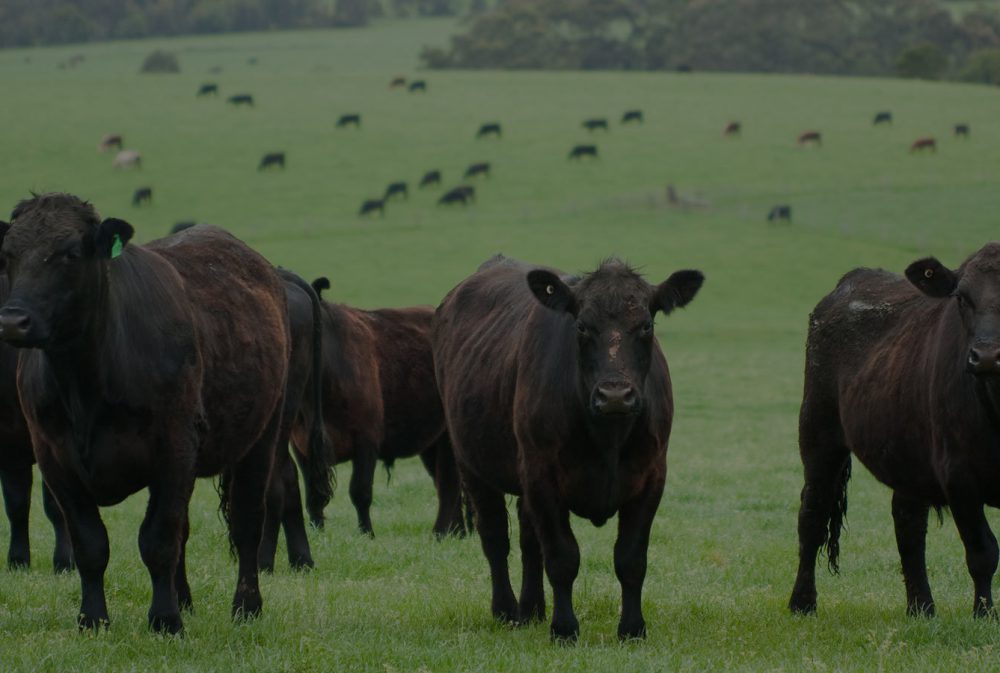“You can’t manage what you don’t measure” is something we hear often from grazing consultants, seasoned ranchers, and even your extension officers, but what exactly should you be measuring? Here are 5 simple metrics that graziers recommend keeping track of, no matter where you are.
- Total Grazeable Acres: Before the start of the season you’ll want to know how much cattle you can stock. Drawing a map of your pasture and having area calculated is a big start. With tools like TerrAvion aerial imaging you can go a step further and estimate your actual grazable acres.
- Available DM (Dry Matter): You have to know how much feed you have available for your pasture. With a good grazing stick you can get an estimate, log it as a pasture inventory and keep tabs on what you’ll have available come winter. Check out this article on tracking dry matter. You can often find a grazing stick and guide for your area at your local NRCS office.
- Total Animal DMI (Dry Matter Intake): Dry matter intake is the amount of feed a cow consumes per day. The intake of the cow will depend on the quality and availability of forage, the environment, and the animal itself. We use a standard of 3% of the cow’s weight, at a Standard Animal Unit of 1,000 lbs that’s 30 lbs a day per animal unit.
- Recovery Days: Your recovery days will vary based on your location and species, but no matter where you are, you need well monitored recovery days. It’s what prevents you from ending up with overgrazed pastures. By tracking the days you use each year, you can establish a baseline for your ranch and know your recovery days for next year’s grazing calendar. When there is proper moisture, temperature and aeration, perennial bunch grasses can need as little as 30 recovery days. In contrast, some ranchers experiencing drought in California wait more than 100 days.
- ADAs this season: Animal-Days per Acre/Hectare of grazing have been recommended by the holistic management community for years. It is calculated by multiplying the animals x days grazed and dividing by the number of acres. By doing this for each pasture you can tell if a pasture is of higher or lower quality than others. In subsequent years you can make grazing decisions based not only on the pasture’s size, but also it’s quality and past performance.
With PastureMap you get a report of all of these metrics for your pasture in one single excel sheet. Try it out for free.
